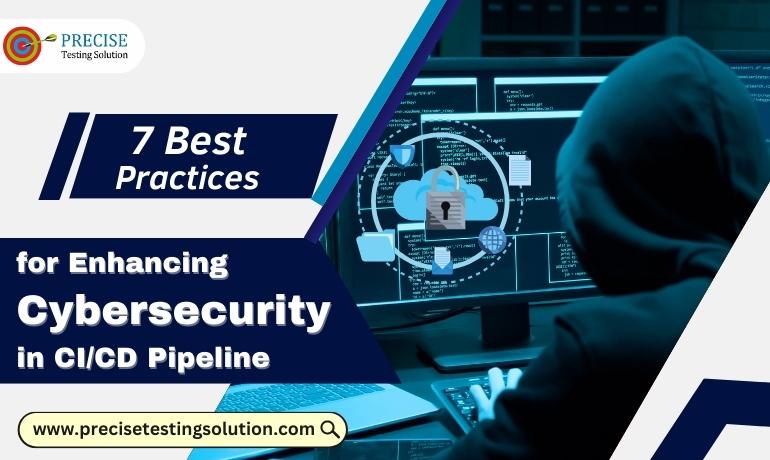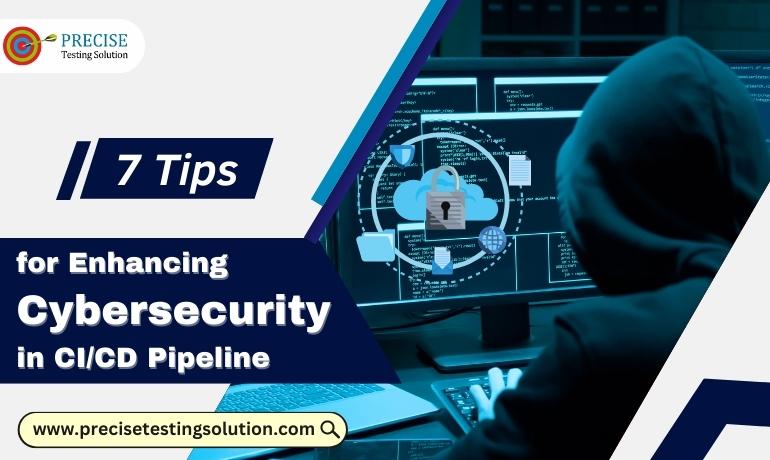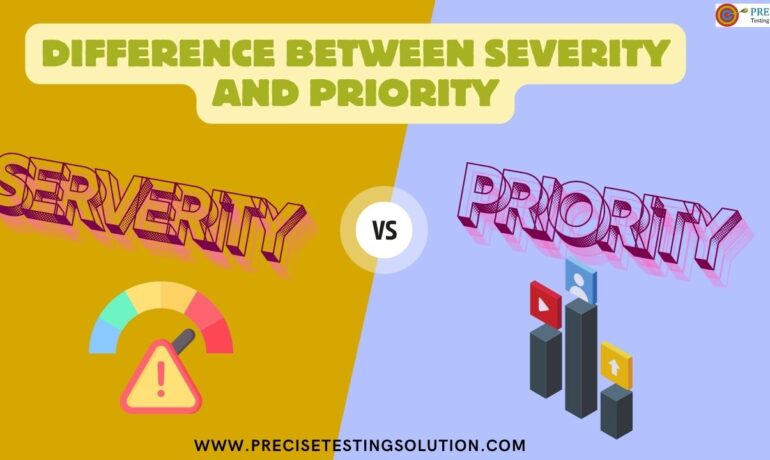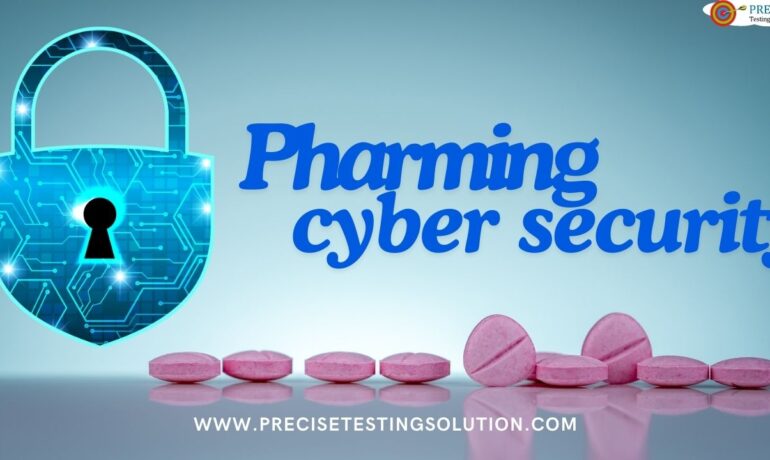Why is there a need for Cybersecurity throughout the CI/CD Pipeline?
In this blog post, we will discuss about the 7 best practices for enhancing the Cybersecurity in the CI/CD pipeline of software applications.
We operate in a software-driven environment where we develop new business goals. To adjust and manage these constantly shifting business requirements, a DevOps and CI/CD pipeline architecture is essential. Teams using the CI/CD methodology may quickly produce new releases, feature updates, and bug fixes as part of their ability to develop and implement the Agile principles.
Such rapid release cycles, however, frequently have an impact on both the product’s supporting infrastructure and its safety. Furthermore, securing the CI/CD pipelines is necessary for the provision of high-quality goods and service experiences. As a result, the software supply pipeline must be strengthened to ensure the secure delivery of high-quality applications.
Let’s Begin!
Top 7 approaches to improve Cybersecurity in software supply line
1. Knowledge of the CI/CD Pipeline and its components
It’s important to have more understanding of the CI/CD pipeline in order to create an asset registry, maintain a general understanding of application architecture, and track the software development life cycle. Along with the many tools, stages, and code repositories, the main objective has to be to acquire data that will demonstrate changes in both resources and activities.

Additionally, it’s crucial to list every possible metric source that the pipeline could output. The next phase is to begin integrating Cybersecurity across the deployment and development processes. Although the frameworks, languages, and operating systems used in a project may influence the tools used, most situations are covered by versions made by a number of firms. Introduce new tools one at a time to the DevOps process so that everyone on the team can get used to them and understand them to avoid needless interruptions in cybersecurity.
2. Put threat modeling to use
The first step in securing your CI/CD pipeline is understanding what potential cybersecurity vulnerabilities might exist inside your build and operational method and which ones need further protection. An exercise in threat modeling can help businesses to identify potential risks and develop strategies for avoiding them because every stage in the CI/CD pipeline could be a potential point of compromise.
3. Automation through IaC (Infrastructure as Code)
IaC, or Infrastructure as Code, provides a substantial security advantage for businesses looking to secure their CI/CD pipeline. Since IaC makes it possible for secure infrastructure to be deployed autonomously, consistently, and at scale, it precludes human alterations and direct access to the underlying code. To further simplify things, as code is only deployed to production after being accepted, IaC can provide the necessary assistance in code security by identifying mistakes and configuration issues after deployment.
4. Fast tracking of published code
Developers should receive immediate feedback after publishing their code. Static code analysis tools are perfect for the job because they don’t need the application to be running, and many of them also provide corrective advice. Sharing code scan data with security testing or development teams is a great way to priorities a variety of follow-up tasks as a workable solution. Additionally, any flags or cautions generated by these tests are added to a bug tracker like Jira. This ensures that the vulnerability is addressed and fixed rather than being overlooked.
5. Make the code repository secured
The safeguarding of the code repository is a vital component of preserving the security of any CI/CD app workflow. If the service itself or access credentials are hacked, attackers may use any opening to change the source code without user’s authorization or permission. As a result, using a safe and secured repository is crucial.
6. Observe all the open-source vulnerabilities carefully
When attempting to uncover known vulnerabilities, it is appropriate to perform a quick inspection of imported open-source libraries and related components. These third-party products play a significant role in the current software development process, yet new vulnerabilities could appear at any time. Even if the app’s code hasn’t changed, these flaws could compromise its security.
7. Keep an eye on software CI/CD Pipeline continually
If businesses want a steady stream of secure software, they need a safe code flow for development and deployment. This ensures that the pipeline is safely functioning, encroaching upon, and setting the CI/CD environment while it is being continually watched. While allowing businesses to stop using temporary resources like containers and VMs when the job is done, active monitoring can help businesses deal with security issues in a preventative manner.
Conclusion
Hence, from the above discussion, we can conclude this blog post by saying that collaboration between the development, operations, and security teams is improved by the goal of integrating security across the CI/CD pipeline. The success of any software product depends on maintaining a proper sequence in order to keep track of the most recent vulnerabilities.
Contact Precise Testing Solution, a STQC and CERT-IN empanelled software testing and Cybersecurity company with experience in CI/CD pipeline security measures. We will help you to prepare retrospectives based on project achievements and failures and to secure a long-term agreement.
A Guide to Determining Severity Vs Priority Levels
In any project, especially in software development, bug tracking
What Is Pharming? A Comprehensive Guide to Protection and Prevention
What Is Pharming in Cybersecurity? Pharming is a sophisticated



